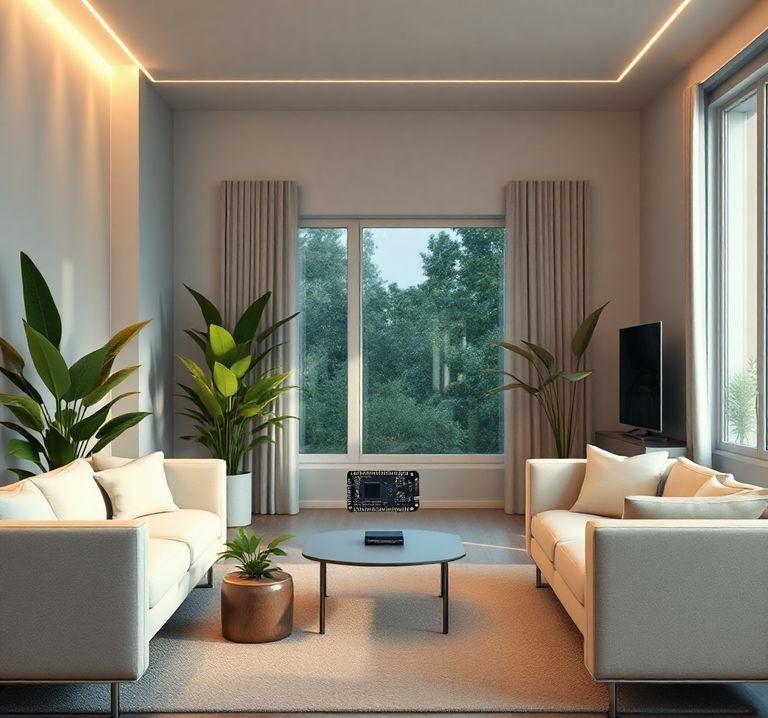Building a Home Surveillance System with ESP32
10.12.2024 - Engine: Gemini

Setting Up a Home Surveillance System with ESP32 and Camera Modules
A home surveillance system is a valuable addition to your home security. It allows you to monitor your home remotely and detect potential threats. In this blog post, I will explain how you can build a cost-effective and efficient home surveillance system using an ESP32 microcontroller and camera modules.
Components Required:
- ESP32 microcontroller (e.g., ESP32-CAM)
- OV2640 camera module (or another compatible module)
- microSD card
- Breadboard and jumper wires
- Battery pack (optional)
Programming:
-
Install Arduino IDE: Download and install the Arduino IDE from the official website.
-
Add ESP32 support: Add the ESP32 platform to the Arduino IDE by going to File > Preferences > Additional Boards Manager URLs and pasting the following URL:
https://dl.espressif.com/dl/package_esp32_index.json. Click "OK" and install the ESP32 board manager. -
Create a new project: Create a new Arduino project and select the ESP32-CAM board.
-
Import Camera library: Import the camera library by going to Sketch > Include Library > Manage Libraries and searching for "ESP32-Camera". Install the library.
-
Initialize the camera: Initialize the camera in the
setup()function:#include <Camera.h> Camera camera;
void setup() { camera.begin(); camera.setResolution(320, 240); camera.setFrameRate(15); }
6. **Capture an image:** Capture an image using the camera in the `loop()` function:
```c++
void loop() {
// Capture an image and store it to the microSD card
camera.run();
camera.takePicture();
}Interfacing the Camera:
Connect the camera to the ESP32 microcontroller as follows:
- Camera VCC to ESP32 3.3V
- Camera GND to ESP32 GND
- Camera CLK to ESP32 GPIO5
- Camera SDIN to ESP32 GPIO27
- Camera SDDOUT to ESP32 GPIO12
- Camera RESET to ESP32 GPIO16
Optional Features:
- Motion detection: Use a motion detection library to detect movement in the camera feed and send notifications.
- Remote access: Connect the ESP32 to a Wi-Fi network and create a web server interface to access the camera remotely.
- Night vision: Add IR LEDs to enable night vision in low light conditions.
Conclusion:
With the information provided in this blog post, you can build a cost-effective and efficient home surveillance system using ESP32 and camera modules. By interfacing the camera with the ESP32 microcontroller and writing custom software, you can ensure that your home is protected from unauthorized access.

